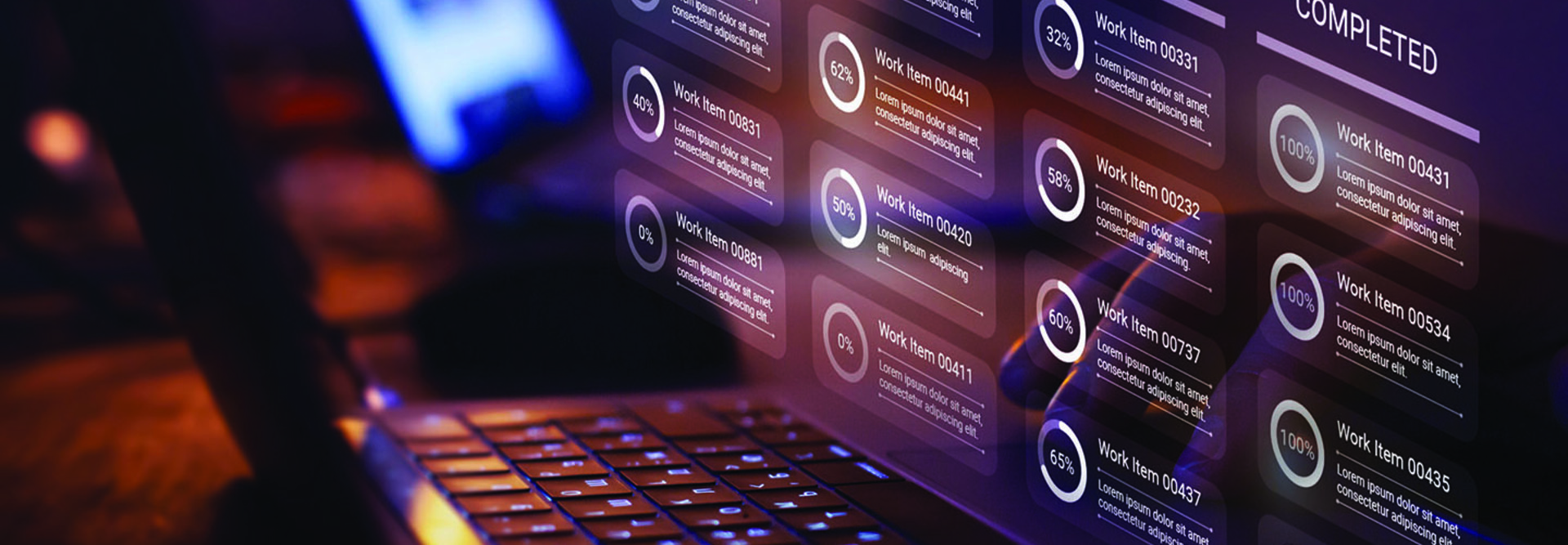Prioritize updating legacy apps and follow these tips for a successful modernization process.
1. How Will Customizations Affect Modernization?
It’s common for a legacy application to have several customizations, but whether these are still relevant can be difficult to determine. It’s important to re-evaluate what exactly an application must do.
Rather than trying to carry over each customization, consider what’s working well with the application and where it is lacking.
Click the banner below to dive into CDW's latest cloud research.
2. What Is the Agency’s Long-Term Strategy?
Consider where an agency will be in five years and how constituents’ needs might evolve. For example: Delivering a mobile experience is crucial for most agencies today. Is mobile an area where applications fall behind?
Look into the tools, solutions and discounts a cloud provider may offer to support app modernization. If an app isn’t in the cloud now, could it be in the future?
3. How Might the Skills Shortage Affect App Updates?
Some agencies have legacy applications that are decades old, and the person originally assigned to maintain them may no longer be on the IT team, making updates even more difficult. If the software was written in code that few if any IT staff members understand, it may be impossible to manage. To prevent roadblocks caused by a skills shortage and to avoid obsolescence, consider updating the code to a newer programming language.
DISCOVER: What is memory safety, and what does it mean for agencies?
4. Can Artificial Intelligence Accelerate Modernization?
Generative AI is all the rage right now. While it may be tempting to use it to convert existing code into a different programming language, the translation capability is not yet 100% accurate. If AI is used to convert code, the output should be thoroughly reviewed to make sure new code works as intended.
5. Is Automation a Useful Tool for Updating Apps?
One way to speed up the modernization process is through automation. Rule-based automation applies parameters to routine tasks and processes, eliminating the need for manual intervention and improving consistency. Template-based automation is similar but relies on predefined, customized templates. Automation can help analyze, refactor and test code. It can also map data, containerize applications and more.
UP NEXT: Document AI saves agencies time and money.












